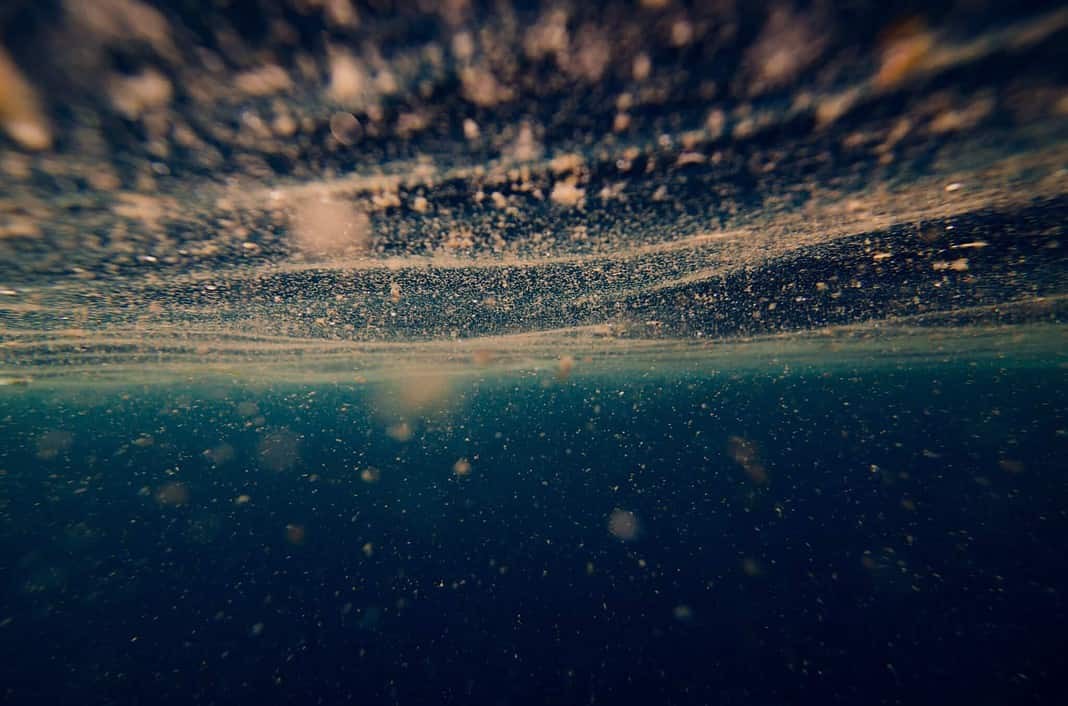Scientists have uncovered that particles sink to the ocean floor at different rates and the reason behind it.
This discovery opens the door to understanding how the ocean can be used to combat climate change in the future through the capture and storage of carbon dioxide.
The research found that the upper region of the ocean (the first 100m/330ft) plays a crucial role in how much particles sequester carbon before they sink to the ocean bottom. Previously, it was assumed that the rate of particle growth determined this sequestering rate; it is now known that the actual composition of the ocean ecosystem plays a crucial role in this sequestering rate.
According to Professor Richard Lampitt, a senior research scientist at the National Oceanography Centre:
“This research shows the importance of ongoing ocean research. PAP-SO is currently one of only four such long-term projects in the world and understanding the reasons why particle flux varies so much is crucial as we seek to understand the way it functions and develop ways to mitigate the effects of climate change in the future.”
You can find the original research here.

